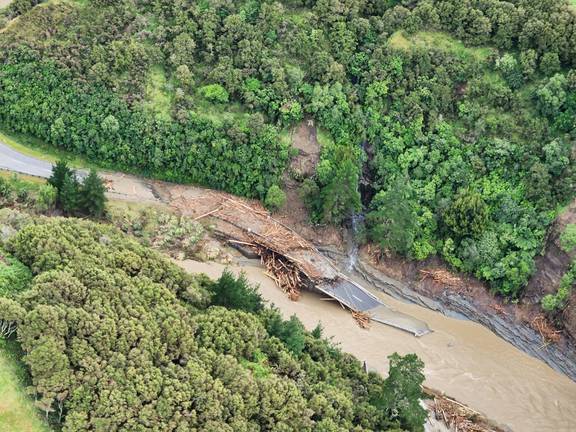由于滑倒和落石带来的重大风险,怀罗阿和纳皮尔之间的2号国道的一段路段已经关闭。
在飓风加布里埃尔期间,高速公路已经遭到严重破坏,但此后怀罗阿和劳蓬加之间恢复了通往北部的通道。
但是劳蓬加以南的通道仍然不对公众开放,直到周四,纳皮尔和图蒂拉之间的紧急服务和居民的出入有限。
现在,在岩土工程调查发现该路段存在滑坡和落石的重大风险之后,该高速公路不得不禁止坦戈伊和图蒂拉之间的所有交通。
该运输机构说,预计直升机将花费大约两周的时间来清除有掉到路上的松散土壤、巨石和树木。
穿过怀罗阿到纳皮尔的高速公路的大部分预计在长达三个月的时间内不会重新向公众开放。
自飓风加布里埃尔袭击以来,由于道路受损和封锁,怀罗阿的社区也一直处于孤立状态。
汉金说,SH2那段路段的损坏是巨大的。
探戈奥和图蒂拉之间的SH2的施工将于3月11日开始,Aropaoanui路和Waikoau Hill将从3月9日起封路。




























































